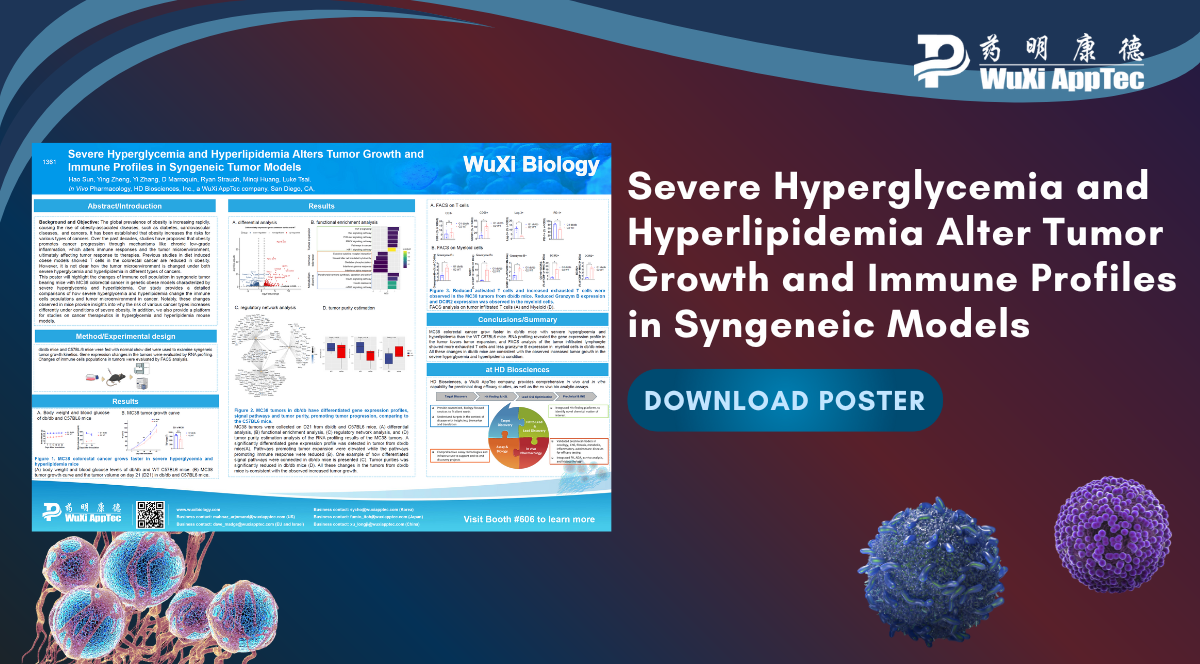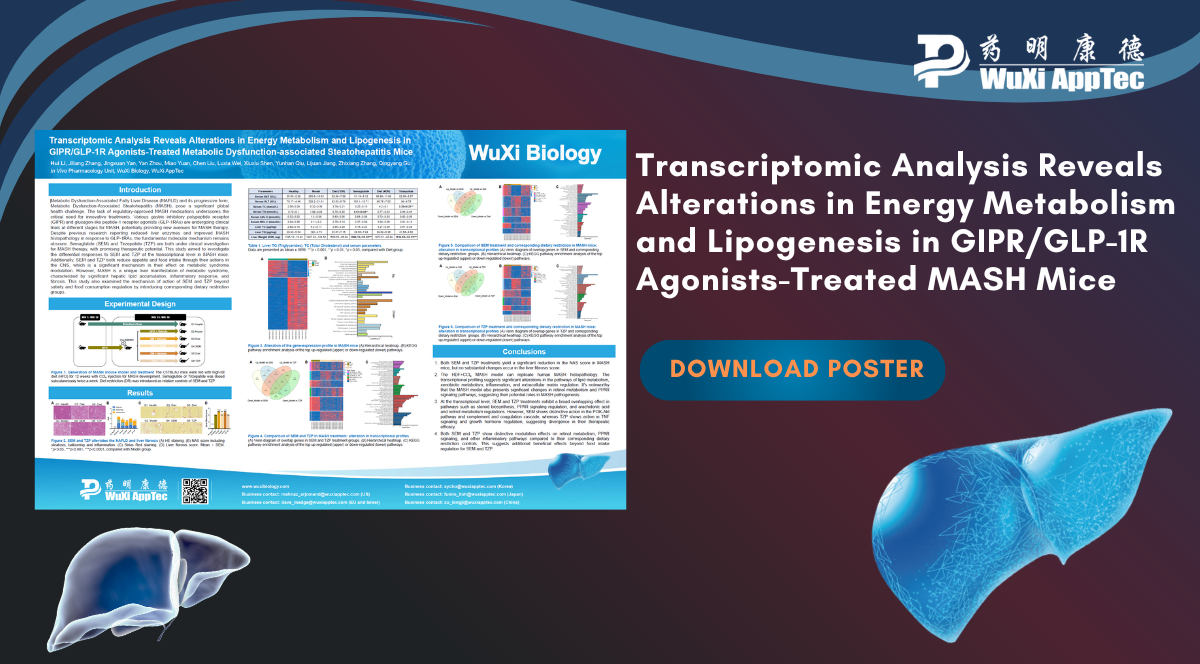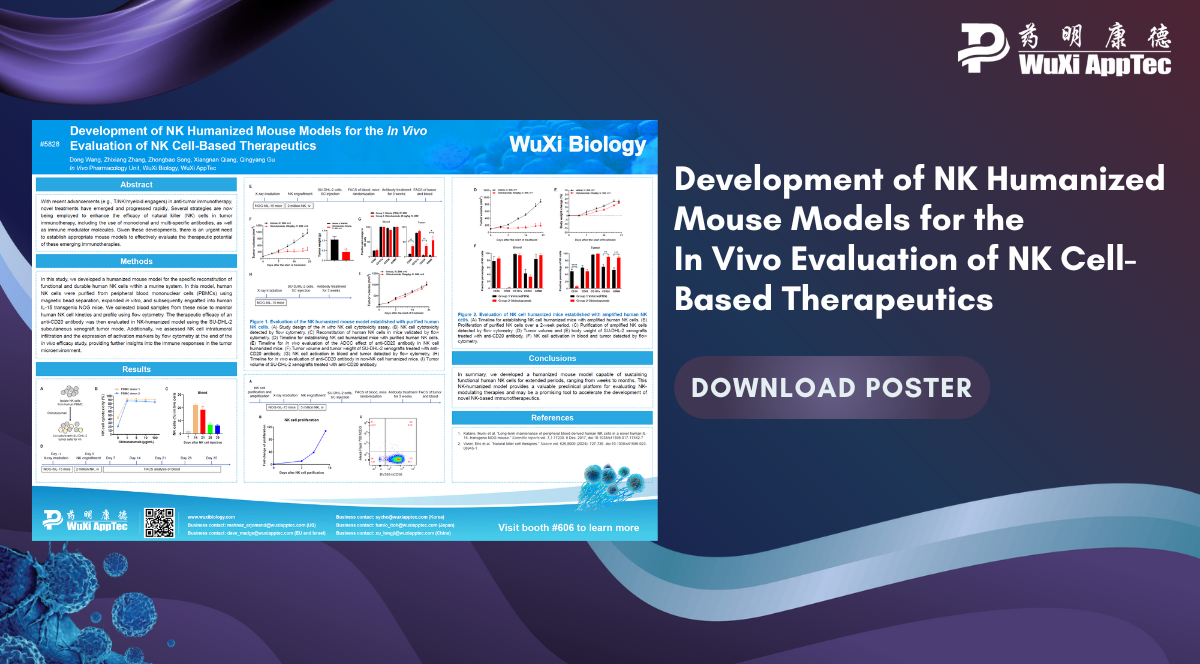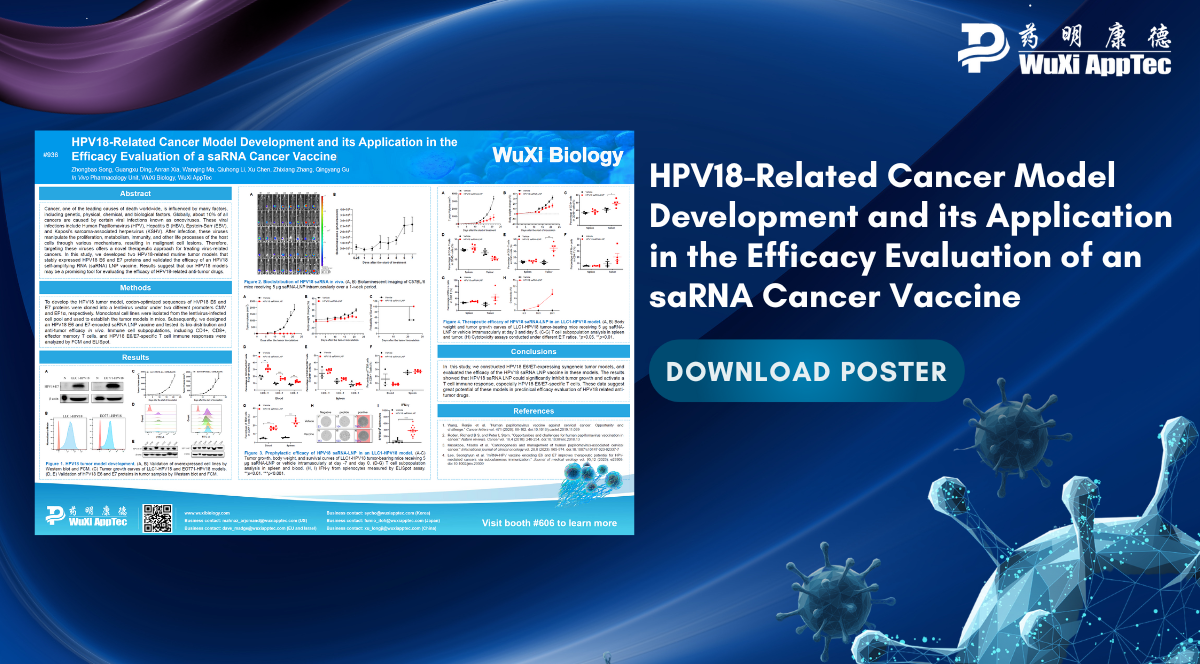
Systemic Lupus Erythematosus Animal Models
Systemic lupus erythematosus (SLE) is a serious, chronic autoimmune disorder characterized by a heterogeneous clinical presentation, in which various organs...
Continue Reading
Systemic lupus erythematosus (SLE) is a serious, chronic autoimmune disorder characterized by a heterogeneous clinical presentation, in which various organs...
Continue Reading
Introduction Endometriosis is a common gynecological condition that significantly impacts the health of women of reproductive age worldwide. Approximately 10%...
Continue Reading
Studies have demonstrated that obesity can promote cancer progression through mechanisms that include chronic low-grade inflammation. Previous research with diet-induced...
Continue Reading
Metabolic Dysfunction-Associated Steatohepatitis (MASH) is a severe form of Metabolic Dysfunction-Associated Steatotic Liver Disease (MASLD). MASH is a growing public...
Continue Reading
Precision-cut tissue slices (PCTS) are an effective ex vivo model for studying human diseases, including those involving the tissue microenvironment....
Continue Reading
Receptor tyrosine kinase-like orphan receptor 1 (ROR1) is a key mediator of non-canonical Wnt signaling and plays a critical role...
Continue Reading
Natural killer (NK) cells play a crucial role in the immune system and can recognize and kill cancer cells. Research...
Continue Reading
Antibody-Drug Conjugates (ADCs) have made significant advancements in cancer treatment, particularly for solid tumors. The bystander effect of ADCs, where...
Continue Reading
Cancers, like cervical cancer and head & neck cancer, are strongly linked to human papillomavirus (HPV) infection. Targeting the HPV...
Continue Reading